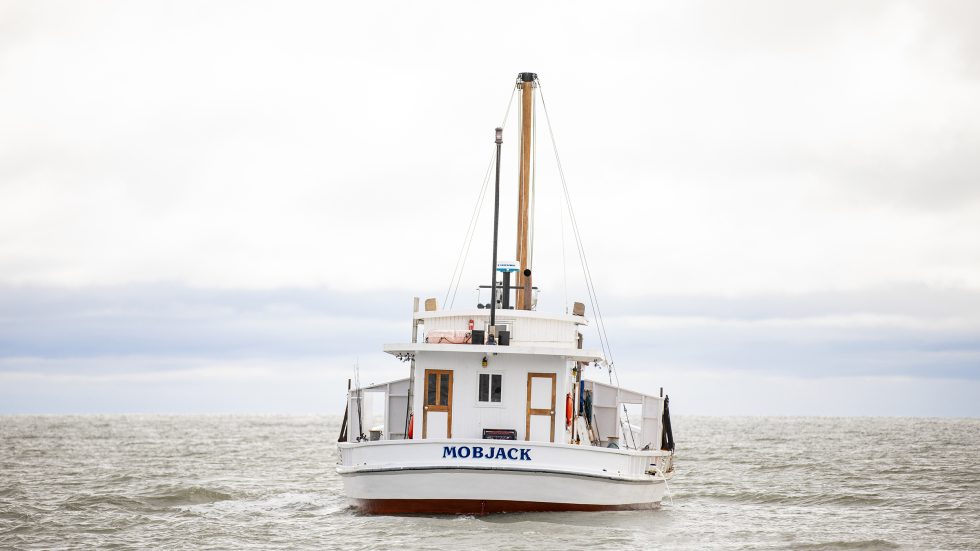If you’re one of those guys who has launched his boat and remembered 100 percent of the time to install the transom drain plug before you slide it off the trailer, stop here and go onto another article. However, if you’re like me and sometimes notice after a launch that the stern is sitting a bit low in the water — followed by the thought “Oh no, did I forget again?!” — then this will be your special DIY project.
Drain plugs are a necessity in almost every type of boat with a motor or sail, from pocket cruisers or personal watercraft (PWC). Because of my bad habit to forget to screw in that small and easy-to-lose plug enough times to ban me from all launch ramps, I’d noted the self-drainer in some PWCs, a simple tube with a one-way check ball. It appeared to be an easy and reliable method to drain the small bilge and prevent lake water from entering back into the vessel. I decided to look into that same idea to install on our project boat.
I remember some 50 years ago a company that retailed a “flapper valve” self-drainer device. It looked like a duck call and did the job: bilge water out, lake water automatically blocked from returning into the boat. Looking about for such a product for this month’s DIY, I found one made and sold in the U.S. Its name even recalled a product for old male sea captains like me: Flo-Max.
In actuality, the name was designed to reflect its ability to allow water to drain quickly and with max flow rates. The idea as to how it works is quite simple and trouble free for the boater that doesn’t leave his boats in the water unattended for long periods of time — perfect for those who launch for the day and then retrieve their boats back onto the trailer.
It works with a small floating ball trapped in a larger cage of clear plastic. The outer clear case is easy to remove for any necessary elimination of fine particles that could prevent a tight fit of the ball against a soft water seal. The clear outer case is locked into position with a small stainless-steel safety screw.
When you launch your boat, you don’t have to do anything with the Flo-Max installed. Just back up the trailer, float off your boat and the ball will seal the transom drain automatically! This same principle also works in reverse. As your boat is removed and loaded onto your trailer, the small ball will automatically drop away from the soft water seat/seal and any water remaining in the bilge will drain out. Another neat and automatic function of the Flo-Max is that, when the boat is trailering or parked in the rain, the devise will drain all the water from the bilge with a slight down slant of the transom without having to remove the drain plug.
I have tested the product for the past months and find it works well and does what it’s designed to do — remove water from your boat’s bilge as you are moving through the water at speed, then seal water from entering your boat’s bilge when at rest or anchor. The only design flaw I could foresee would be a small particle of dirt from the bilge area floating into the soft seal area where the floating ball seals. It is possible this could prevent a 100-percent seal and allow a very small quantity of water to back flow into the bilge.
The chances of this happening would be remote, but do be aware. You can always remove the clear Flo-Max outer cover and screw in the original drain plug for those days you are going to leave your boat unattended for long periods of time.



